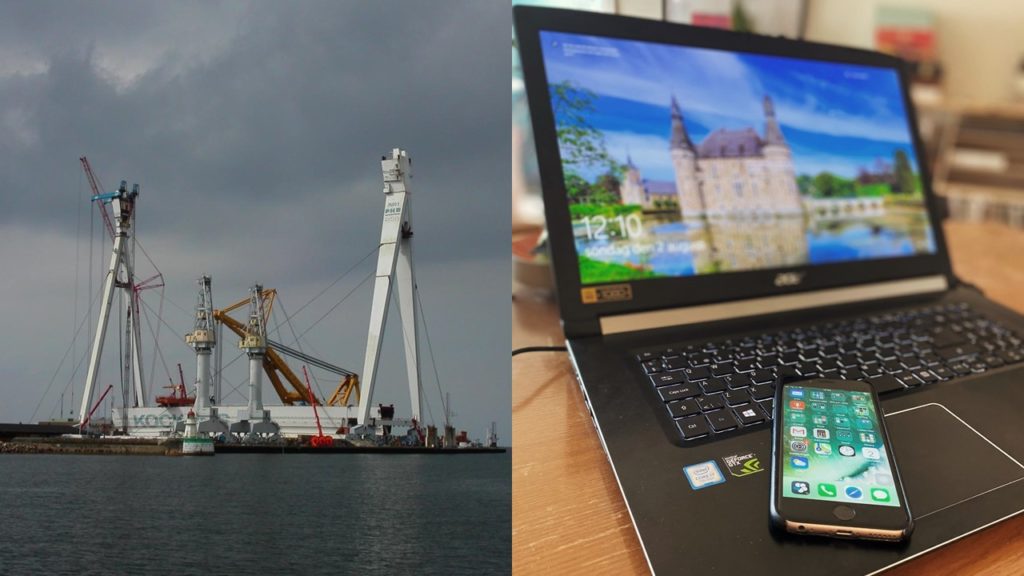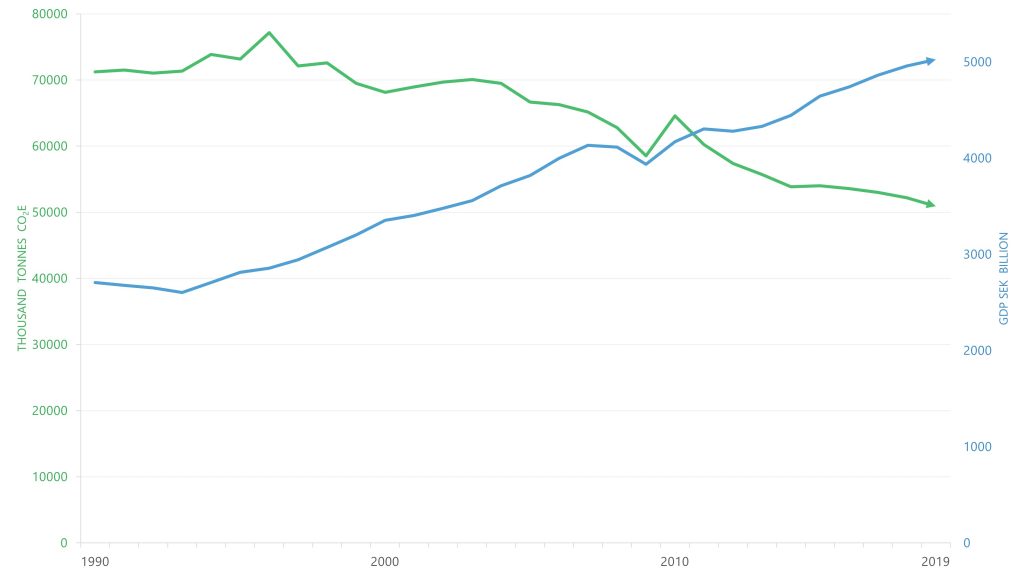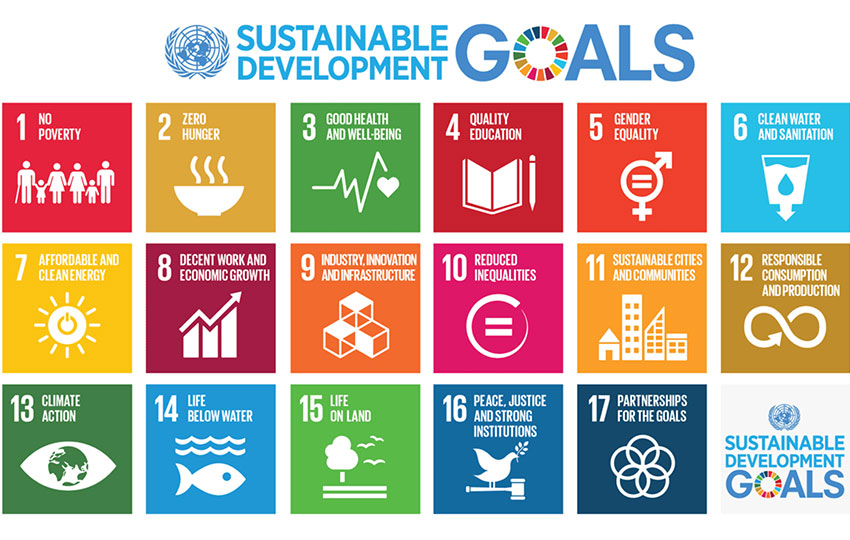
The journey to a fossil-free Sweden
The journey has already started
The tempo must increase but the groundwork has been laid
Sweden aims to be the first fossil-free welfare nation in the world
This aim shows that Sweden’s strategy is not just about reducing emissions, but is also about doing so in a way that also enhances well-being. By showing that it is possible, we can inspire more countries to follow the same path.
In 2017 the Riksdag (the Swedish parliament) adopted Sweden’s climate policy framework by a broad political majority. It contains a climate goal, a Climate Act that makes every future government responsible for conducting a policy that is in line with the goal and a Climate Policy Council to evaluate the policy conducted.
The Riksdag’s goal: Sweden will have zero net emissions of greenhouse gases by 2045.
There are milestone targets on the road to this goal and one of them is specifically for transport: Emissions from domestic transport, excluding domestic air services, will be reduced by at least 70% by 2030 compared with 2010.
Transitions have been made before!

Sweden has good experience of transition processes. One important part is about making it easier for the workforce to transition when needs in industry change. When agriculture was rationalised and jobs were lost, jobs were created in industry instead.
The closure of the shipbuilding industry and the transition in the textile and clothing industry are examples of major structural changes in which most workers were able to find jobs in companies that were more profitable than those that went under. One key reason why this succeeded was that social security systems worked in a way that enabled the workforce to be retrained. Another crucial factor has been how innovations have been encouraged so as to enable new industries to be located in communities where old industries had closed.
Emissions are decreasing

Since 1990 emissions from Swedish territory have decreased by 29% (2019). The electricity sector and the district heating sector, in particular, have decreased their emissions and are well on their way to being fossil free. The decrease is still progressing at too slow a pace to reach the targets, but there is no indication that this decrease has been at the expense of economic growth. GDP increased by 86% in the same period.

The territorial emissions show how much greenhouse gas Sweden emits as a country but to understand how much emissions that are caused by the average Swede the comsumption must be taken in to consideration.
The consumption-based emissions take in to account emissions related to goods and services that are used in Sweden regardless of where the emissions are made. 42 per cent of these emissions are made within the Swedish borders and 58 per cent are made in other countries. 3/5 of these emissions come from private consumption while the rest is from public consumption and investments.
The statistics that covers consumption-based emissions still contains a high level of insecurities and some parts are missing completely. Still conclusions can be drawn:
- The decrease in territorial emissions does not seem to have been made by moving emissions to other countries in any major way.
- 9 tonnes per capita is far above 1 tonnes, which is often refered to as a sustainable level.
- Most individuals will not be able to reach a sustainable level by themselves. All parts of society must work together to reach the climate goals.
What has happened
The background to the decrease in emissions in Sweden has to do with both political decisions and technical development. These two factors have also influenced one another.
- In 1991 Sweden became one of the first countries in the world to introduce a carbon dioxide tax.
- Oil-fired boilers had already begun to be replaced after the oil crisis in the 1970s, but the carbon dioxide tax accelerated that trend.
- It has also contributed to the phasing out of coal- and oil-fired power stations. In a 15-year period nuclear power was expanded by electricity production corresponding to almost half of electricity use.
- District heating networks have been expanded, with a gradual replacement of fossil fuels by renewables.
- Heat pumps made a breakthrough thanks to government technology procurement.
- Biofuel use in industry has also increased.
- Vehicles have become more energy-efficient, and biofuels have begun to replace fossil fuels especially in heavier vehicles.
Synergies and conflicts between targets

The climate is not the only challenge society is facing. The fight against climate change must be conducted in harmony with the other sustainability goals, both the social goals and those relating to the environment. So the well-being of ecosystems must be taken into account when minerals are to be extracted for battery production or biomass used to replace fossil fuels.
But it is equally important to see synergies that exist between the goals. On the one hand, climate change, in itself, impacts on biodiversity and can lead to famine, acidify the oceans and so on. On the other hand, less use of fossil fuels can, for example, contribute to better health and to more peaceful societies by energy assets being spread more widely.


